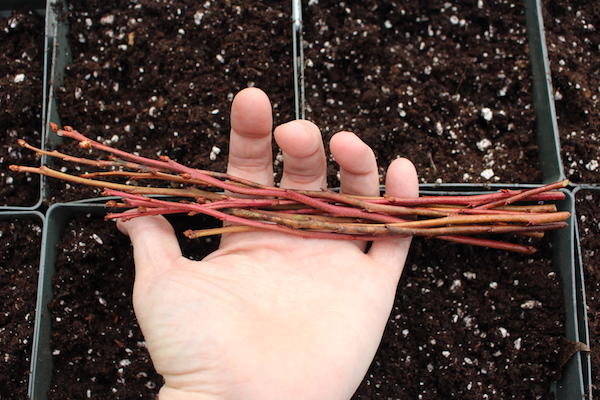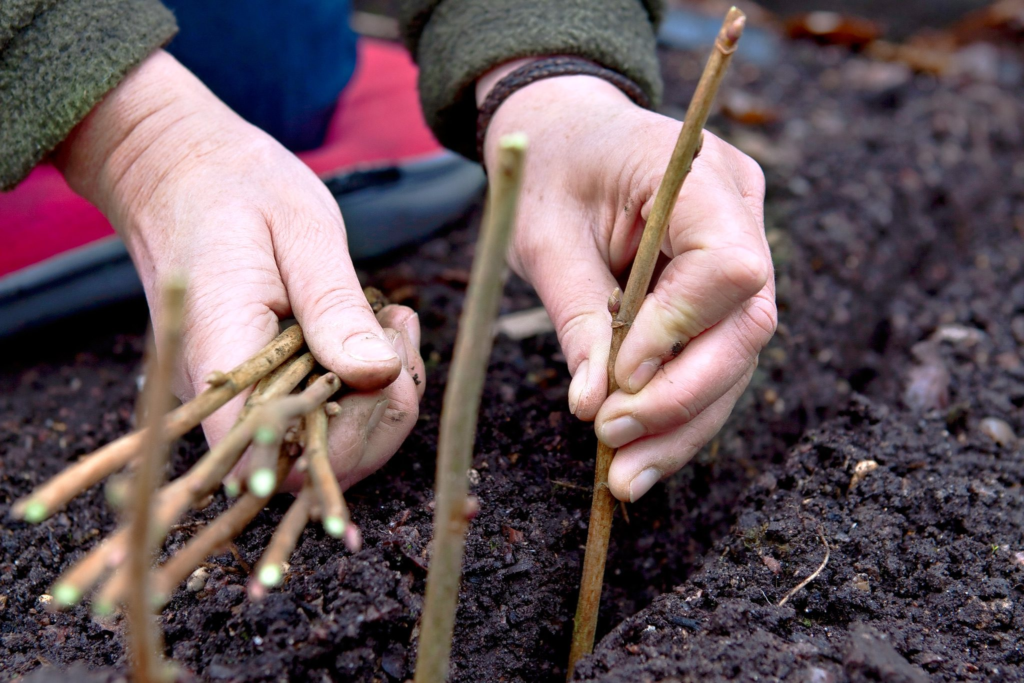Berries are a fantastic addition to any garden, offering numerous health benefits as natural superfoods. Rich in vitamins, antioxidants, and low in carbs, berries are not only a healthy snack but also easy to grow. With minimal effort, you can cultivate your own berry patch and enjoy fresh, nutritious fruits all year round—without the high cost of grocery store berries.
Here’s how you can grow your own berries for free by taking advantage of their natural propagation methods.
Growing Raspberries From Suckers
Raspberries are among the easiest berries to propagate, thanks to their ability to spread through suckers—shoots that grow from the root system of the plant. These suckers can be dug up and replanted to form new raspberry plants. The best time to transplant raspberry suckers is during autumn or early spring, when the plants are dormant and before new growth begins.
To propagate, select suckers that are at least 12 inches (30 cm) away from the main plant to avoid damaging it. Use a spade to carefully lift the sucker, cut it free from the root system, and replant it in a prepared hole. Make sure the cane is planted at the same depth as it was originally. Trim the cane to about 10 inches (25 cm) above a bud, and keep the new plant well-watered as it establishes roots.
Taking Blueberry Cuttings
Winter is the ideal time for taking hardwood cuttings of blueberries. To start, select healthy young shoots that are pale green or red in color, avoiding older growth at the base of the plant. Using sterilized pruners, cut the shoots into 6-inch (15 cm) lengths.
Dip the cuttings in rooting hormone powder to encourage faster root development, though this step is optional. Plant the cuttings in pots filled with a well-draining medium, such as a mix of perlite and coconut coir fiber, or a potting mix of coarse sand, pine bark, and coir. Keep the cuttings in a sheltered, cool place, and make sure the medium stays moist. By next winter, the cuttings should have rooted and be ready to be transplanted into their own containers.

Hardwood Cuttings of Currants and Gooseberries
Autumn through winter is also the best time to take hardwood cuttings of currants, gooseberries, and other fruit plants like fig trees and grapevines. This is the perfect way to make use of pruning offcuts. For the best results, select stems that are about the thickness of a pencil and cut them into 12-inch (30 cm) lengths.
To ensure success, make a clean cut just below a bud at the bottom of each cutting, and a slanted cut at the top just above a bud. The slanted cut helps water drain away, reducing the risk of rot. Plant the cuttings in a free-draining potting mix or directly into the ground. If planting in the ground, ensure the soil is well-drained by mixing in compost.

Planting and Caring for Your Cuttings
Whether you’re planting in pots or directly in the soil, it’s important to keep the cuttings in a sheltered location and ensure the soil stays moist. For in-ground planting, push the cuttings into the soil so that two-thirds of each cutting is buried. Space the cuttings about 6 inches (15 cm) apart to allow room for growth. If using pots, keep the containers in a cool, protected area, such as against a wall or in a greenhouse, to protect them from extreme weather and pests.
While waiting for the cuttings to take root, avoid letting them flower. If buds form, remove them to help the plant focus on root growth. After a year, the cuttings can be transplanted into their final growing positions.
Freezing Your Berry Harvest
If you find yourself with an abundance of berries, don’t worry—freezing is a great way to preserve them for later use. You can enjoy your homegrown berries year-round, whether in smoothies, baked goods, or as a healthy snack.
By growing your own berries from suckers and cuttings, you can enjoy a bountiful harvest of delicious, nutritious fruits without the cost of purchasing them. Whether you’re a seasoned gardener or a beginner, these methods offer an easy, rewarding way to cultivate your own berry patch. So why not give it a try and reap the benefits of fresh, homegrown berries?
